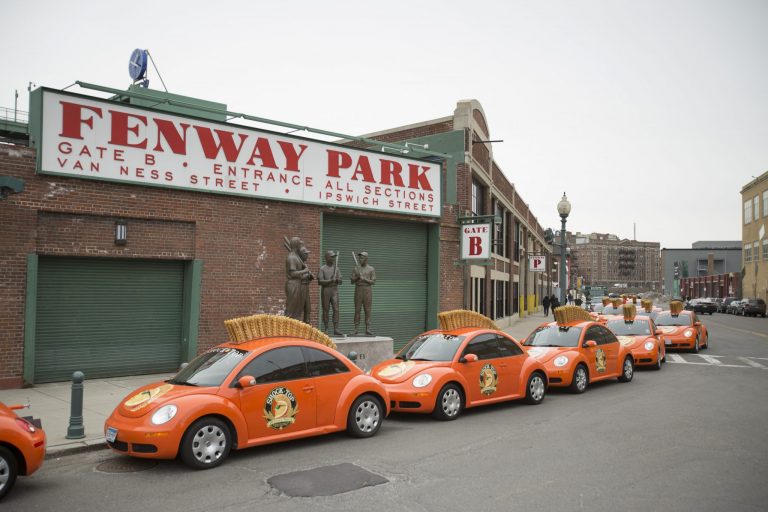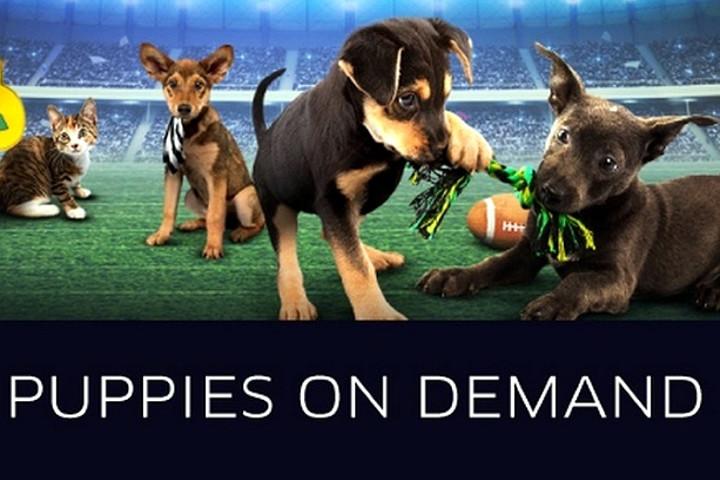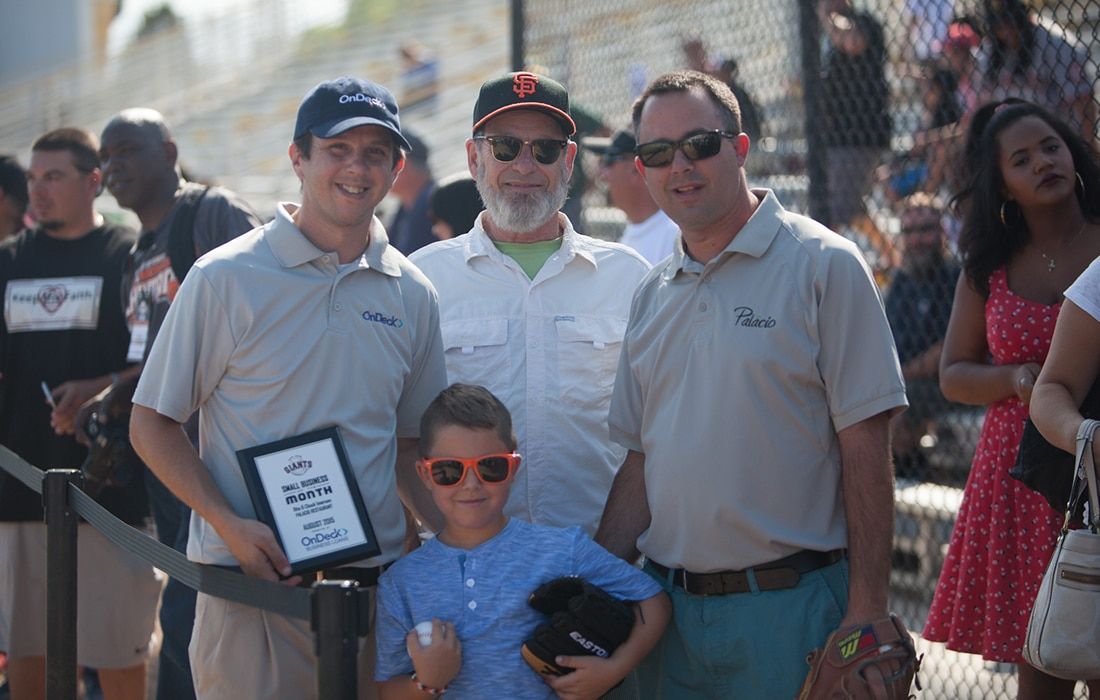What Is Experiential Marketing and How Does It Work?

A 2019 survey by Expedia and the Center for Generational Kinetics found that 74% of Americans prefer spending money on experiences over products. What if brands could use experiences to help sell products? Over the last 15 years, marketing agencies and brands have begun to focus on creating new and interesting experiences to improve brand recognition and create buzz, and the effects are too positive to ignore. Gone are the days when marketers could run a TV, newspaper, or radio ad and expect to increase sales. In the increasingly competitive marketing landscape, success requires creating a real connection with consumers.
In the age of social media, marketers rely on social media to spread brand messages more and more. Consumer attention spans have never been long, and now, with so much stimuli and competition for audience, marketers must continuously up the ante and provide even more excitement to keep their potential customers engaged. By leveraging their own fans to spread their message, brands are able to efficiently reach a huge swath of potential clients. Experiential marketing is the key to letting clients do all the heavy marketing lifting.
What is Experiential Marketing?
Experiential marketing is a real-time event-based marketing channel that is intended to drive brand awareness through direct and willing interaction with potential clients and influencers. Experiential marketing relies on people to intentionally engage with the brand. In exchange for their attention, marketers promise unique experiences which are fun and exciting.
Marketing channels such as digital advertising TV advertising are passive channels, whereas experiential marketing is an active channel. In digital advertising, a potential customer is shown an ad while they are browsing a web page or performing a search. The ad is not part of the user’s intentional workflow, it is merely an unsolicited attempt by marketers to get the user’s attention.
Contests and giveaways are also active attempts to get prospects to directly engage with brands, but instead of offering fun and excitement, they offer prizes and gifts. When evaluating marketing campaigns, marketers are looking for the biggest bang for their buck. In the digital marketing world, virality allows brands to exponentially amplify their message without having to directly engage with every single prospect. A free helicopter ride is usually much more exciting than a free iPad, and thus experiences have proven to be much more effective at increasing virality than free stuff.
How Does Experiential Marketing Work?
Experiential marketing can take many forms, and does not necessarily need to be in person. The core of experiential marketing is an offer of fun and excitement for a moment of your time to recognize the brand. Interestingly, one of the most recognizable forms of this type of marketing is the classic timeshare event. The marketers offer you a free trip somewhere, you get to take a little vacation, and they get to expose you to their product. Obviously the hard sales pitches and the pressurized environment have given these events a terrible rap over the years, but the core concept is quite solid.
Just like in all types of marketing, organizers and marketers must define their goals for the campaign. Because of the broad nature of the concept of exchanging free experiences for goodwill, experiential marketing can be used in almost any context. Experiential marketing events can be designed to improve brand image, open a new store location, announce a new product, or launch a whole new company.
When designing an experiential marketing in the 21st century, the goal is generally to form the message of the campaign, and use experiences to get participants to share your message for you. Virality is always the goal and should be the key performance indicator for the event. Obviously you want the actual participants to buy your message, but they are really just the seeds to the marketing flower you are growing. In many cases, the only attendees are social media influencers, celebrities, and news reporters.
Examples of Experiential Marketing

UberPUPPIES - Uber
This was a really fun campaign launched by Uber in 2017 to deliver puppies to people for 15 minutes of “puppy play time”. While the event didn’t take place in a single location, it meets the definition as the marketing strategy was to provide a unique experience to willing participants in order to increase brand image.
To sum it up, interested Uber users could ‘order’ a puppy to be delivered to their business, and the puppy’s were also up for adoption. Uber partnered with The Anit-Cruelty Society to do provide the puppies, and essentially co-opted the good faith people have about adopting animals to improve their brand image. This was at a time when Uber was experiencing issue after issue with customer service and negative PR, and what better way to clean up that image than by attaching Uber to a reputable non-profit. The event was in our opinion a success, social media posts were shared, liked, loved, commented, and re-tweeted. News outlets picked up the story and ran with it nationally, and a massive amount of people were reached compared to the fairly limited geographical and participant scope.

NYC Fashion Week - BMW
New York City, Fashion Week, BMW. Chic, hip, refined. BMW’s partnership with FashionWeek allowed them to provide free VIP transportation to the who’s who of international fashion. From Ralph Lauren to Tom Ford, BMW placed themselves in rarified air, and in turn, placed their brand squarely at the top of the luxe heap.
With the paparazzi firing on all cylinders, celebs and star designers emerged from the runway to board their state-of-the-art chauffeured BMWs. In this example, BMW focused on a very select group of influential figures to promote their brand, and the result was a very viral and very curated image of what high fashion should be. Unlike Uber’s example, this experience was not available to the general public, but it helped define the brand identity in a much more focused and stylish way. Behind the wheel of all those gleaming Beemers? iDriveYourCar chauffeurs of course.

Minor League Baseball - OnDeck
In this B2B example, OnDeck, which provides small business loans, allowed a select group of small business owners to throw out the first pitch at 21 different minor league baseball stadiums. In addition to throwing out the first pitch, the business owners were able to invite up to 10 friends, and OnDeck had a promotional booth offering prizes where 37,000 fans won prizes.
B2B experiential marketing can be difficult, so promoting this campaign via social media helped OnDeck establish trust within their market. Obviously only a small number of business owners participated, but the reach for OnDeck was substantially larger due to their own social media plus the social shares from the business owners and their friends. They identified their target clients, provided them with a very unique experience, and let the business owners tell their story on social media.
Tips for Creating an Effective Experiential Marketing Campaign
To create a successful campaign, you must define the goals of the campaign. As I mentioned before, virality is king, but other targets like warm leads, actual sales, and even brand perception can be measured and can be the targets.
Additionally, it is very important to find an event that relates to your top customers. Virality is always good, but if you’re a luxury car brand that is hugely popular among boys age 10-18, you may not see a huge spike in sales (immediately). Just like with any other marketing campaign, identifying your target audience is not about what ALL of your clients share in common, it’s what your most VALUABLE clients share in common. As a brand, you want your best customers sharing their experience to people like them, and thankfully for marketers, people tend to gravitate towards people like them. As a brand, the more you can refine your audience to your top spenders, the more value you will get back from your experiential marketing event.
Once you have an established goal and have identified your best possible clients, you will need to find a way to measure your event’s success. From email signups, new clients landed, and social engagements, tracking your experience engagement is critical. A common way to set up tracking is using unique landing pages for your event. This can take place on your website, or for larger and more technically savvy organizations, in your mobile application. From a unique landing page, you can attribute sign ups and sales directly to your campaign, and provide an easy way for your participants to share your experience.
As we have mentioned before, social media engagement is one of the main goals of modern experiential marketing campaigns, and using tools such as Hootsuite and SproutSocial can help you track mentions, follows, and posts related to your campaign. Using hashtags in Twitter and Instagram can also help you track engagement from your campaign, and adding in contests and giveaways in conjunction with your experiential marketing campaigns can assist in getting participants to share their experience with their friends.
Finally, setting up the logistics for your campaign is critical for flawless execution of your event. Take a page from party planners’ gameplan and figure out how to amaze your guests. Common elements of a great party are proper estimates of attendance, catering, venue selection, the main attraction/experience, and transportation.
In some of the examples above, hiring drivers is the actual focal point of the event. In our experience, when experiential marketers want to provide unique transportation as the experience, we typically arrange for the vehicles, the drivers, and provide day-of-the-event logistics support in the form of an event transportation coordinator. In cases where the event hosts are managing the vehicles and on-site logistics, we can provide corporate event support in the form of a highly trained driver staff. Event coordinators can arrange all the details and direct their professional drivers to execute the game plan.
Finally, after the event, once the engagement data has been collected and success is being measured, take a look at what went well and what didn’t. Experiential marketing isn’t an exact science, and there is a great deal of creativity involved. Find the elements of your campaign that worked, and identify bottlenecks where your guests were less than impressed. Reach out to your attendees and find out what they liked and what they didn’t. Collecting qualitative feedback from your event can provide you valuable insights into how you can increase engagement next time around. We find that companies that experiment with experiential marketing fall in love with the concept, as the ROI is much higher than paid advertising in many cases and the longevity of the campaigns effects makes them the campaigns that keep on giving.
Good luck, and we hope you create an experience that benefits both you and your potential clients!

